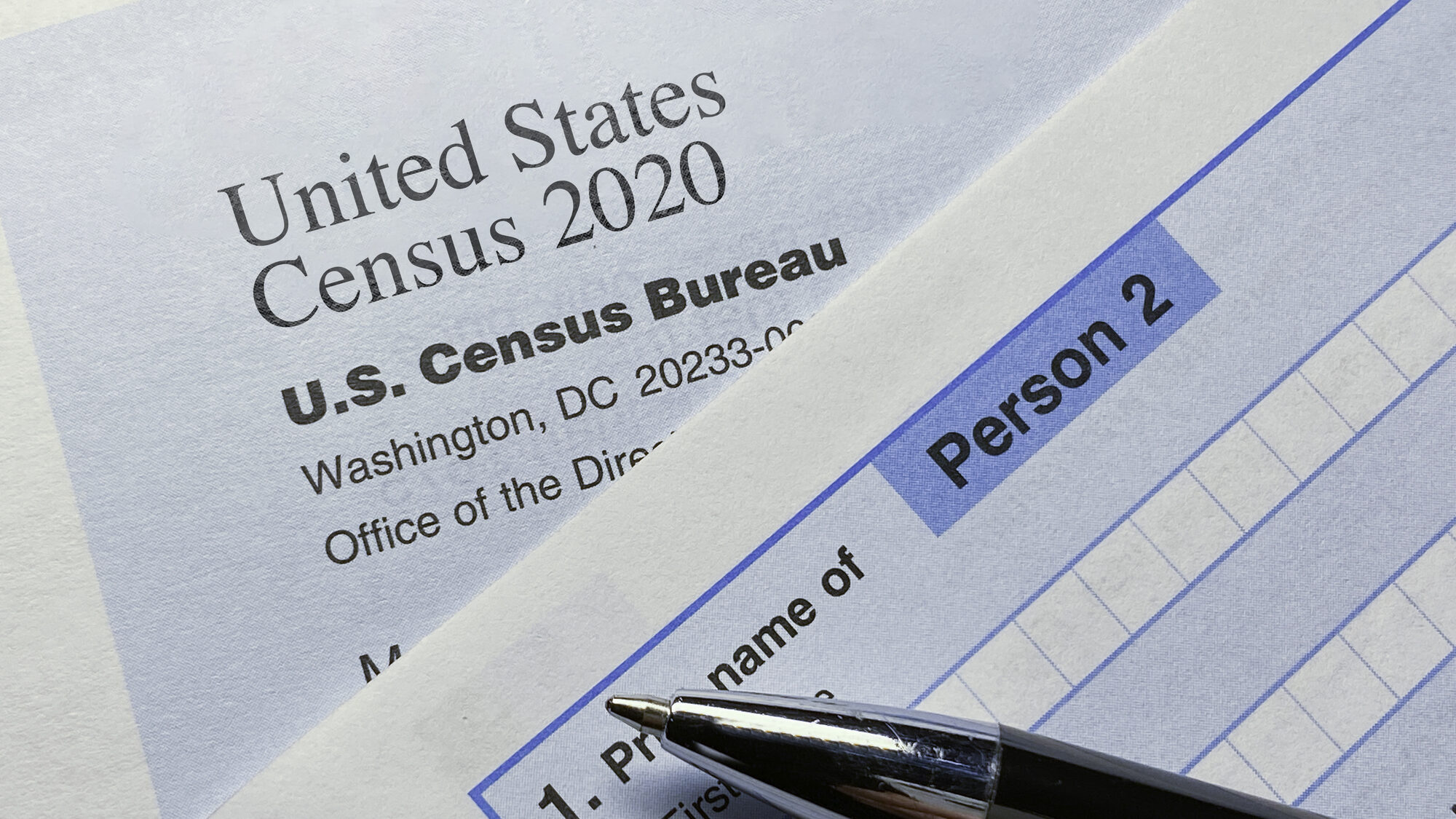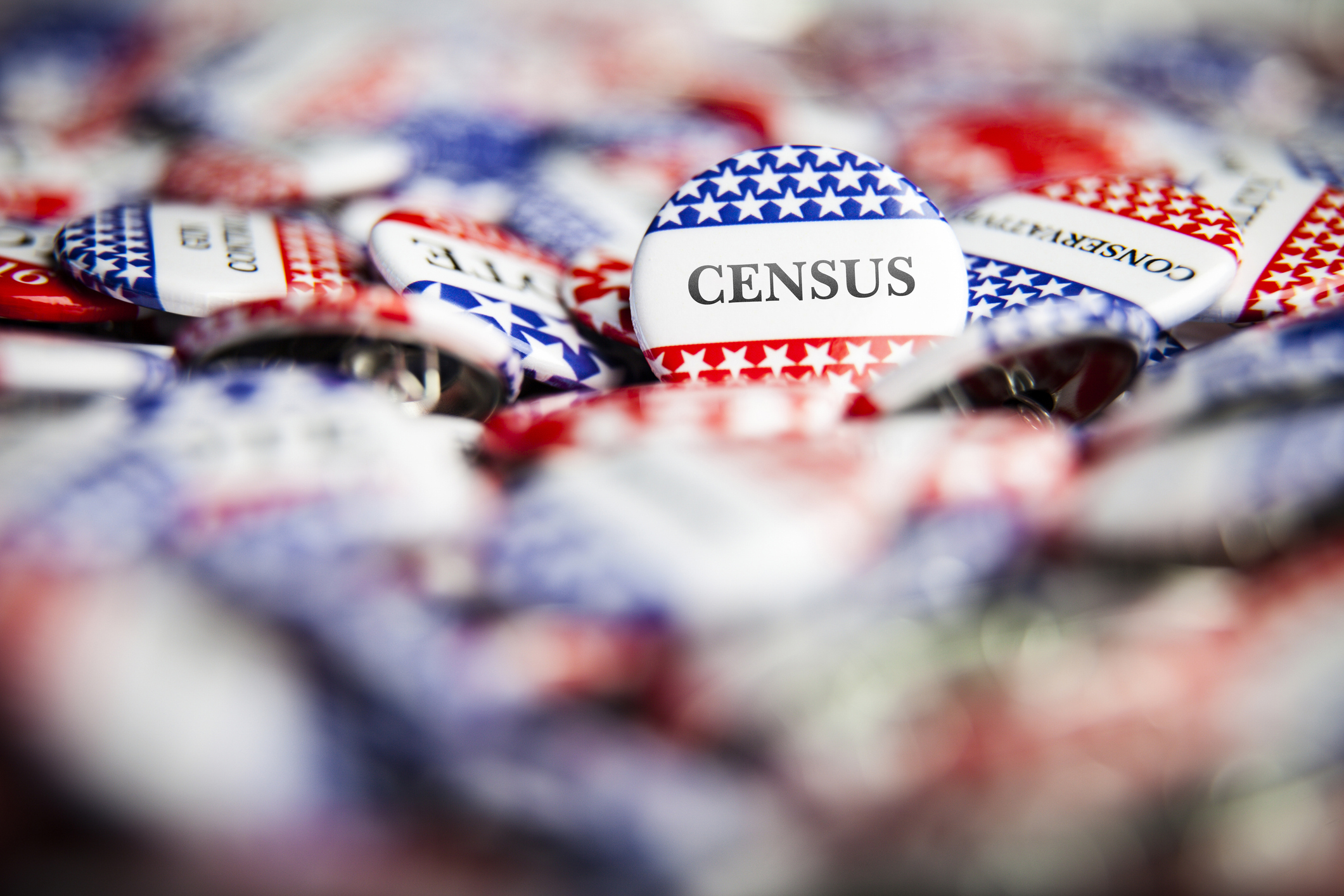Authored by Robert Santos, Director of the U.S. Census Bureau
As director of the U.S. Census Bureau, I’ve traveled across the country and have heard directly from countless local officials, community groups, businesses, chambers of commerce, students, educators and many others who need data to address issues in their communities.

Indeed, when I met personally with each of the National League of Cities (NLC) committees at their executive leadership meetings last summer, I heard a lot about the value of Census Bureau data to cities — they rely heavily on the statistical data we produce for planning and governance activities. This was heartwarming news.
Census Bureau data can inform the public, businesses and policymakers in advancing equity and proposing effective, data-driven solutions. Importantly, they can also help to assess equity and identify underserved communities. Our data can help communities address constituent needs and cities more effectively undertake economic development.
We take great pride in the data dissemination aspect of our mission because it is the conduit for helping communities, states and our nation. After all, the Census Bureau is the leading provider of quality data about the nation’s people and economy.
We collect data on the population, demographics, business and the economy, education, employment, health and more. We provide a wealth of data by a variety of demographic variables — such as race, ethnicity, sex, disability, income, veteran status and others — and these data are often broken down by lower levels of geography.
We seek to make data access easier than ever. At data.census.gov, you can search for and filter on a wide range of demographic, economic and social characteristics. Users can pull up a profile of their city that includes a wide range of statistics across key topics like housing, employment, income and poverty, and health. This is a quick and easy way to easily gather the most up to date information on your community.
But we offer even more than that! We have great data visualization tools that can help cities get information they need in digestible, timely and accurate ways. Here are just a few to consider:
- My Community Explorer is an interactive, map-based tool that highlights demographic and socioeconomic data that measure inequality and can help inform data-based solutions.
- Community Resilience Estimates provide an easily understood metric for how at-risk every neighborhood in the United States is to disasters, including the COVID-19 pandemic, winter weather and flooding. They measure the social vulnerability that inhibits community resilience based on 10 estimates in the American Community Survey, including poverty, disability, broadband internet access and health insurance coverage.
- The ACCESS BROADBAND Dashboard is designed to help policymakers and the public assess how changes in broadband availability and adoption could impact local economies.
- The Opportunity Atlas is a comprehensive census tract-level dataset of children’s outcomes in adulthood covering nearly the entire U.S. population.
- Census Business Builder is a suite of services that provides demographic and economic data for small business owners, chambers, development councils and planning needs.
- We are working on new tools that will allow users, regardless of technical experience, to access microdata from the American Community Survey and create custom tables.
I’ve just scratched the surface of census.gov. Please visit that site and peruse. Our data make it easier than ever to answer important questions facing cities, big and small.
The quality of our data is directly related to the quality of responses to our censuses and surveys. So, encouraging participation in our census and surveys is an area for continuous collaboration.
That is why I hope you will follow along as we prepare for the 2030 Census and continue to get the word out about the importance of responding to the census. The decennial count is critical — not just because it is used to draw the lines of legislative districts and reapportion the seats each state holds in Congress, but because it tells us who we are and where we’re going as a nation.
We also need your feedback to improve our data products, which in turn can benefit you. Our mission can only be fulfilled when we not only strive to count everyone only once and in the right place, but when their data needs are met, too.
The Census Bureau stands ready to help you access our wealth of data in any way we can. I hope you’ll check out these tools — and please reach out to one of our Data Dissemination Specialists at census.askdata@census.gov if you have any questions or data needs.







